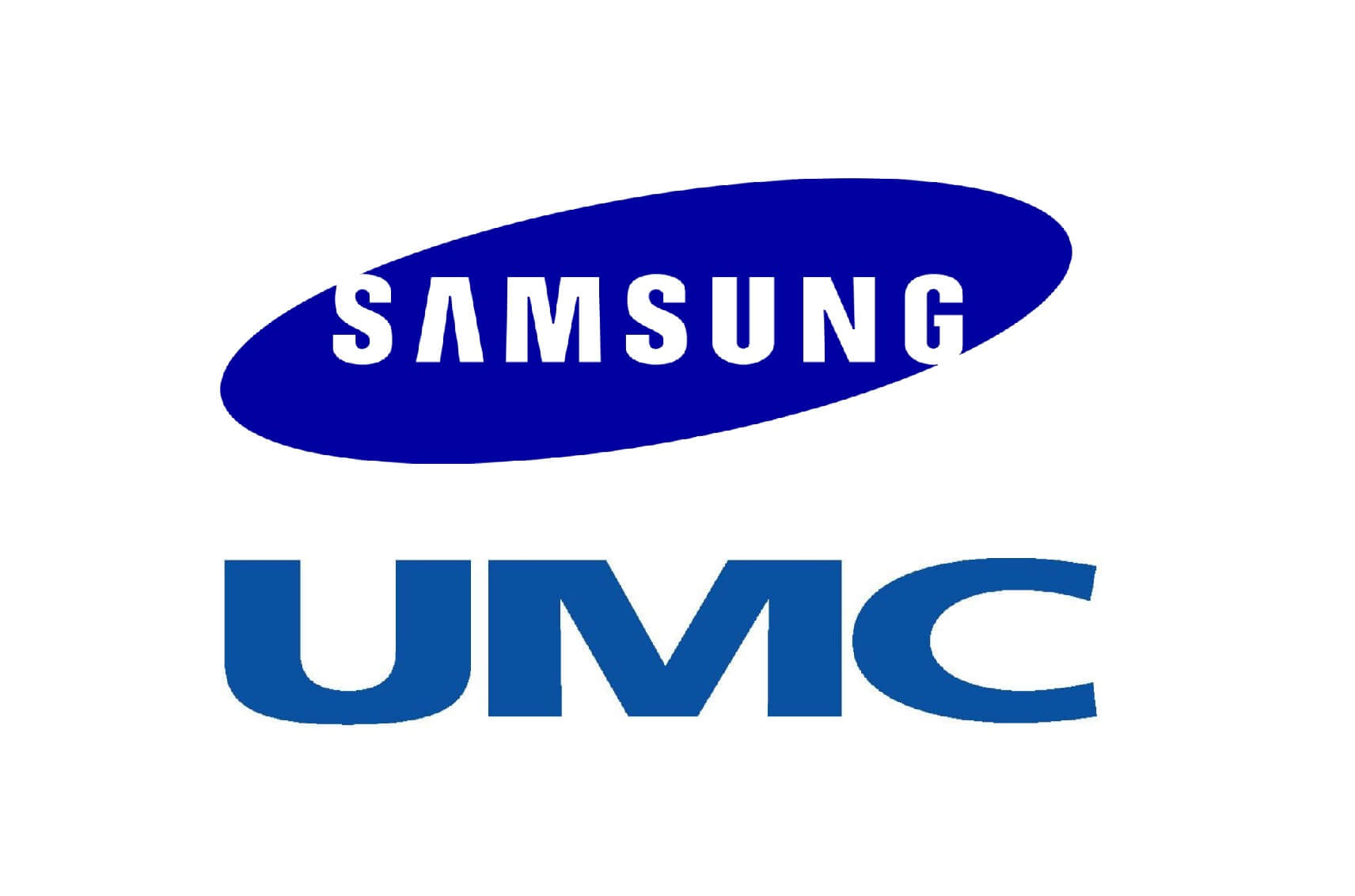Introduction:
In the realm of image sensor, Sony has long reigned supreme, setting the benchmark for quality and innovation. However, a new challenger has emerged on the horizon: Samsung Electronics. Through a strategic partnership with Taiwan-based foundry UMC, Samsung is poised to disrupt the status quo and challenge Sony’s dominance in the image sensor market.
UMC ranks fourth globally with a 6% share in the foundry market and specializes in legacy foundry processes such as 22 nm and 28 nm. In this detailed blog post, we’ll delve into the intricacies of Samsung’s alliance with Taiwan, its implications for the industry, and the potential to reshape the landscape of imaging technology.
Follow us on LinkedIn for everything around Semiconductors & AI
Understanding Image Sensor
The image sensor, a critical component in digital cameras and smartphones. It converts light into electronic signals, capturing images with exceptional clarity and detail.
It comprises millions of tiny photosensitive pixels arranged on a semiconductor chip. Each pixel detecting light and generating a corresponding electrical signal.
As light enters the sensor, it triggers a cascade of reactions, resulting in the creation of a digital image.
With advancements in technology, image sensors have become increasingly sophisticated, offering higher resolutions, improved low-light performance, and enhanced dynamic range.
From photography to security surveillance, image sensors play a pivotal role in modern imaging applications.
Read More: 3 Trillion Dollar from a Garage: 40 Year Journey of Microsoft – techovedas
The Rise of Samsung’s Ambitions:
Samsung Electronics, renowned for its prowess in consumer electronics, has set its sights on conquering new frontiers in the semiconductor space.
Samsung’s focus on image sensors stems from a confluence of factors:
Market Leadership:
- Image sensors are a critical component in modern smartphones, and Samsung aims to be a leader in this space. By developing cutting-edge sensors, they can differentiate their Galaxy phones and potentially attract more customers.
Technological Innovation:
- Image sensors are a rapidly evolving field. Advancements in sensor technology translate to better camera performance in phones, like capturing sharper images in low-light conditions or enabling faster autofocus. Samsung’s focus on image sensors allows them to be at the forefront of this innovation.
Profitability:
- High-quality image sensors can be a lucrative business. Supplying sensors to other smartphone manufacturers or integrating them into their own devices can be a significant revenue stream for Samsung.
Brand Image:
- By having superior camera technology, Samsung can enhance their brand image as a leader in mobile innovation.
Future Potential:
- Beyond smartphones, image sensors have applications in various fields like autonomous vehicles and smart home devices. By establishing themselves as a leader in sensor technology, Samsung can position themselves well for future market opportunities.
Read More:Huawei Profit Surges 564% As It Eclipses Apple in China Despite US Sanctions – techovedas
Forging Alliances: Samsung and UMC
At the heart of Samsung’s strategy lies a crucial partnership with UMC, a leading Taiwanese foundry renowned for its fabrication expertise.
The “Fab-lite” Approach:
Central to Samsung’s manufacturing strategy is the “Fab-lite” model, which involves streamlining operations. It is outsourcing certain production steps to external foundries.
Samsung Electronics will oversee the primary processes and delegate the rest to external foundries. They will manufacture high-performance image sensors for smartphones in-house, while outsourcing the production of lower-cost sensors for items like robotic vacuum cleaners and household appliances.
Additionally, the conversion of light to digital signals and image correction will be outsourced to foundry services. This approach enables Samsung to concentrate on critical sensor processes while reducing equipment operational expenses.
Read More: Satya Nadella, Sam Altman, and Sundar Pichai to Join U.S. AI Security Advisory Board – techovedas
Samsung UMC Collab: Challenging Sony’s Dominance
With its dual manufacturing strategy, Samsung Electronics is positioned to closely pursue Sony, the current leader with over 50% market share in the image sensor segment. Factors such as technological advancements and competitive pricing could help Samsung narrow the gap with Sony.
In 2021, Samsung Electronics achieved a significant milestone by developing the world’s first 200 million pixel image sensor, and it plans to introduce sensors with over 500 million pixels next year.
Read More: 6 Ways Qualcomm Challenges Intel in the Battle for PC Dominance – techovedas
Conclusion:
Samsung’s strategic alliance with Taiwan-based foundry UMC marks a pivotal moment in its quest to disrupt the image sensor market. By leveraging UMC’s manufacturing capabilities and focusing on innovation, Samsung aims to challenge Sony’s dominance and carve out a larger share of the market. As the semiconductor industry undergoes rapid transformation, Samsung’s bold initiatives underscore its commitment to innovation and leadership in an increasingly competitive landscape.




